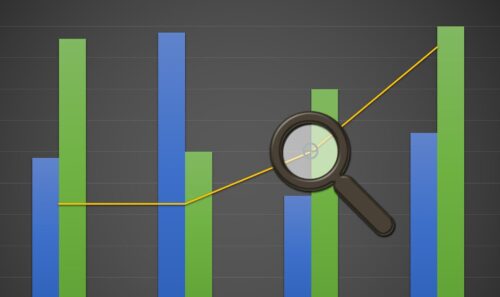There’s no denying that the last 18 months have been challenging; perhaps some of the most challenging that many of us have experienced. However, we’ve also seen surprisingly positive effects in the dental industry, with the almost-overnight change to the way that our world operates acting as a major catalyst for innovation.
Fortunately for the Hive team, we were already technologically set-up for remote working before the pandemic hit. But, like everyone else, we had to rapidly overcome the hurdle of functioning as a team while being separated. This meant changing the way we communicated, as well as flexing systems and processes in order to continue supporting our clients.
Likewise, dental practices had to quickly tackle rolling changes, from an abrupt and complete closure to the complications of reopening. Initially, our clients were forced to put their businesses on ice, reviewing their cost base and cash flow to prevent haemorrhaging money. Later, we saw them tackle the reopening phase, with the added pressures of furlough, reduced capacity, increased demand, and infection control.
But it certainly wasn’t all gloomy. We also witnessed amazing, record-breaking turnover levels in July, August and September, as practices adapted, conquered and overcame – resulting in a far better business model than previous years, along with a healthy profit margin.
This rate of innovation was clearly rapid because the global change itself was rapid. Covid-19 wasn’t predicted, and there was no possible way of planning for it. However, in other areas we do have the gift of foresight, and there are things on the horizon that we can prepare for now. And if practices can thrive as a result of unexpected change, what might we be able to achieve when change is expected?
For example, are you hoping to exit and sell your practice in the next five years? If so, you’ll need to have robust financials ready and available for any buyer to see. This doesn’t simply mean your last statutory accounts: a buyer will want to view recent monthly performance, and to be able to compare this with historic trading results.
Complete and continuous data is very valuable, and anomalies can be heavily scrutinised. We’ve seen incomplete records cost practices tens (or even hundreds) of thousands of pounds in slashed sale prices. With cast-iron financials, there’s no room for negotiation, so if you’re looking to sell five years from now, it pays to begin accumulating evidence. That way, when you need it, you have ready and waiting data showing your solid trading history.
If you’re planning to sell, we won’t only protect your sale price – we can also help identify and boost the value of your business. We work with many clients to prepare their practices for sale, and know the tweaks a business model needs to add £50,000 to its profit figure. This is already a large amount, but due to the way practices are valued, it’s an increase that could ultimately add £400,000 to your sale price.
Even if you’re not looking to sell in the near future, HMRC’s Making Tax Digital initiative means that having good quality financials soon won’t be optional, or something that you can delegate to an accountant once a year. So why wait for ‘soon’? Instead, there’s a benefit to embracing the change head-on and making it work for you.
We saw the impact that getting a grip on numbers actually had for business owners during lockdown, as they suddenly became acutely aware of their cash flows and business models. This knowledge is power, enabling owners to make informed decisions, and to pivot and innovate.
If you’d like to take ownership and control of your financials, we’re here to support you – just take the first step by getting in touch.








